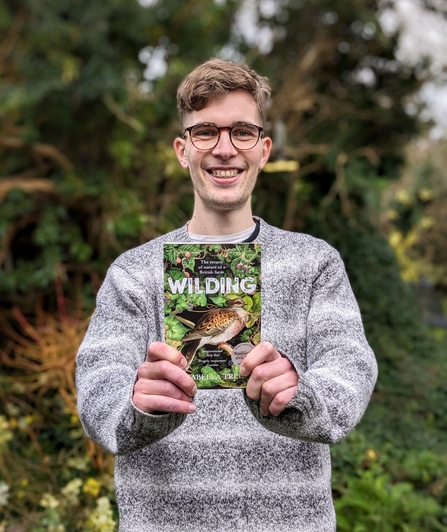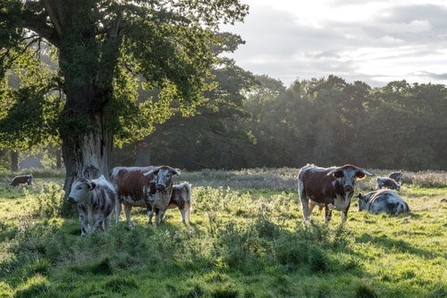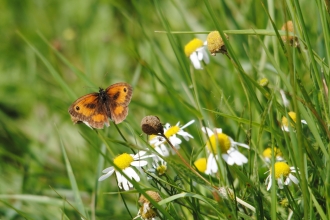
Logan Walker
Celebrating the transformation of Isabella Tree and Charlie Burrell’s 3,500-acre Knepp estate, Wilding: The Return of Nature to a British Farm became a stand-out contribution to the world of conservation on its 2018 publication. Its accolades include the 2019 Richard Jefferies Award for Nature Writing, the Waterstones Non-fiction Book of the Month in April 2019, and inclusion in The Times’ Books of the Year 2018 list. Only last year the couple followed up Tree’s landmark work with The Book of Wilding, providing an extensive practical guide to fulfil their vision of a wilder Britain.




